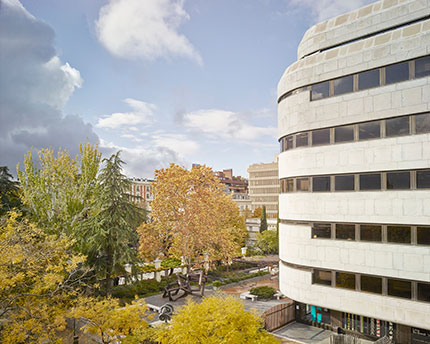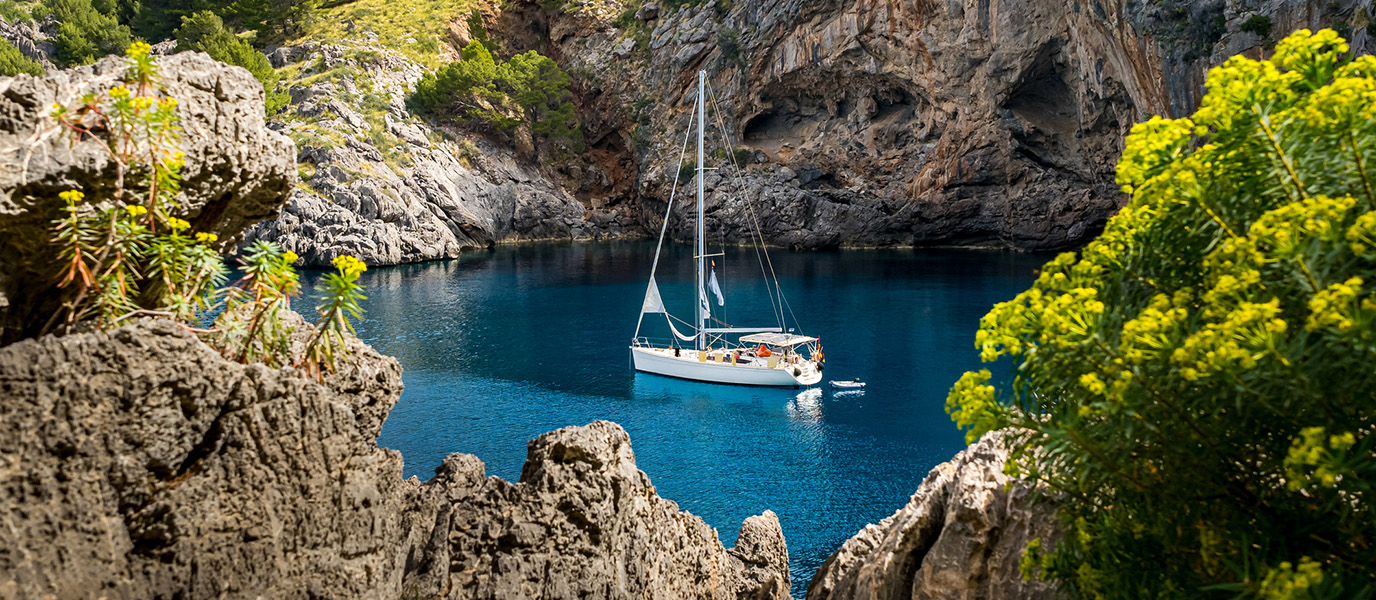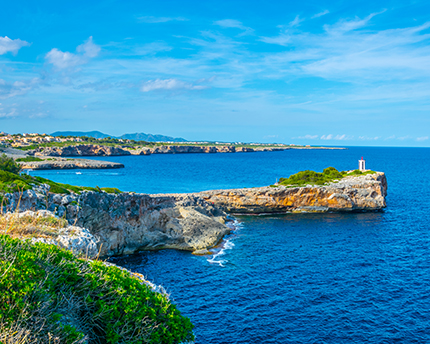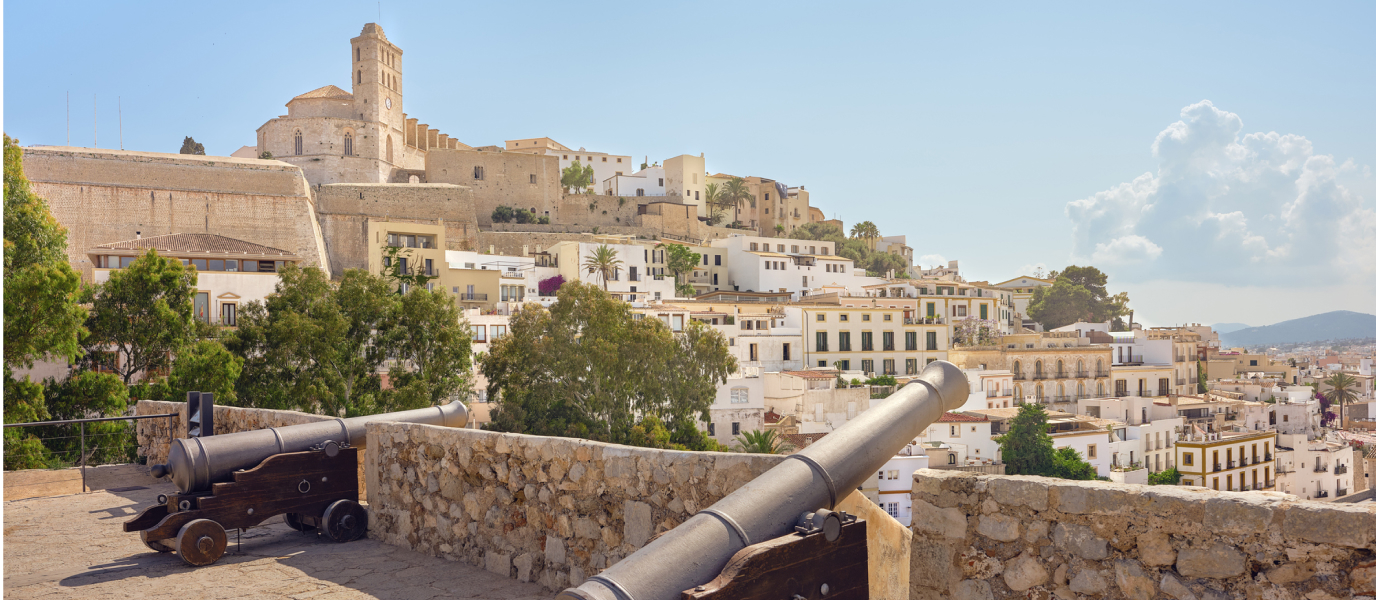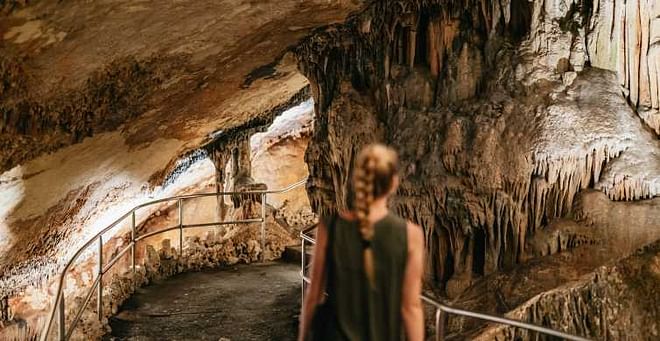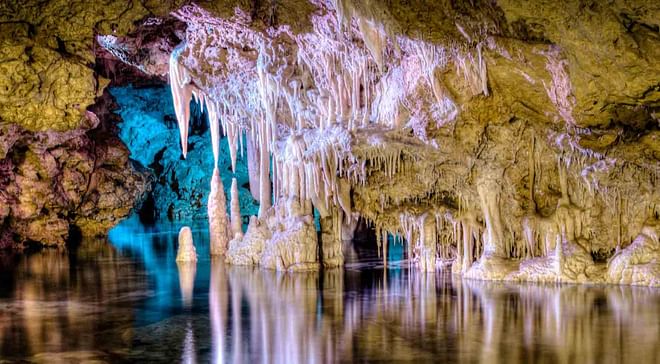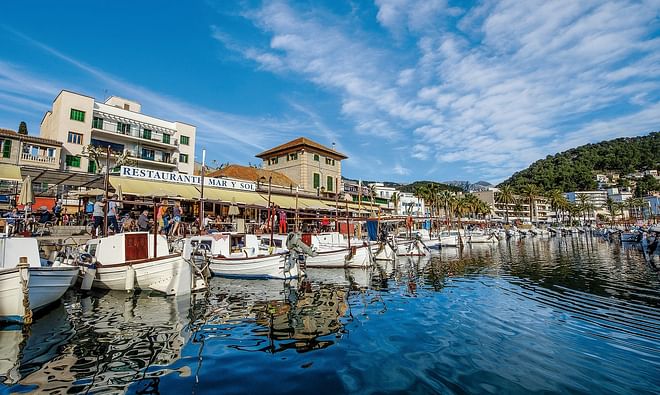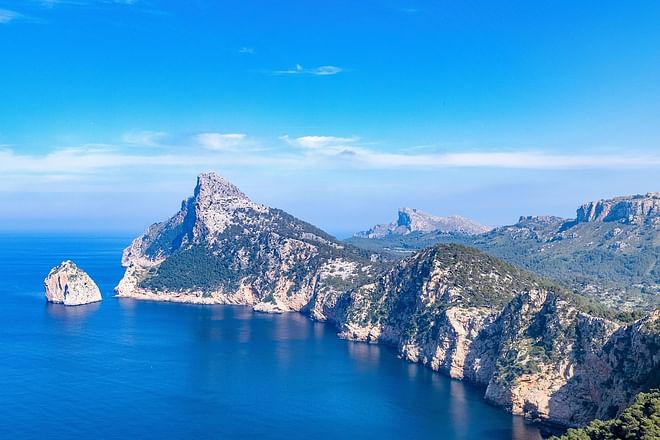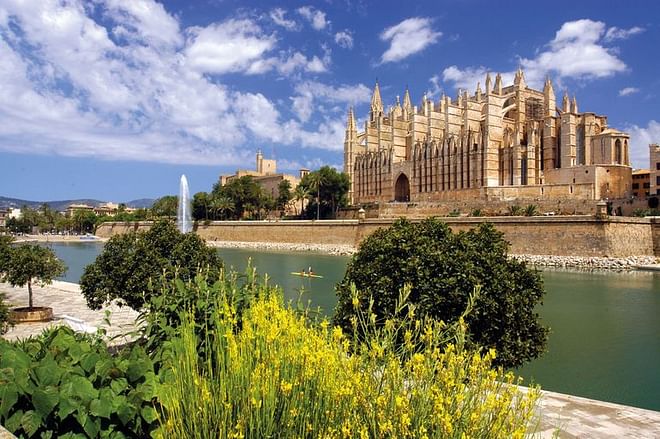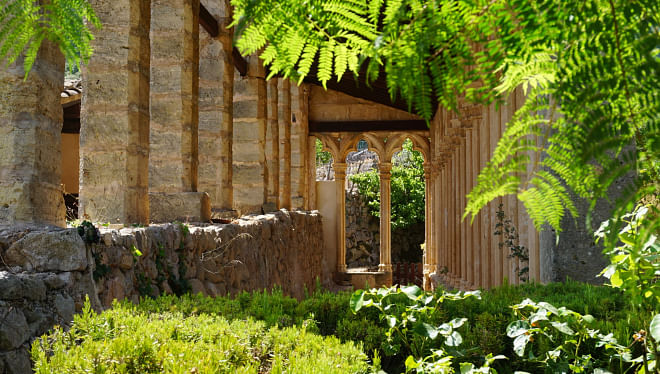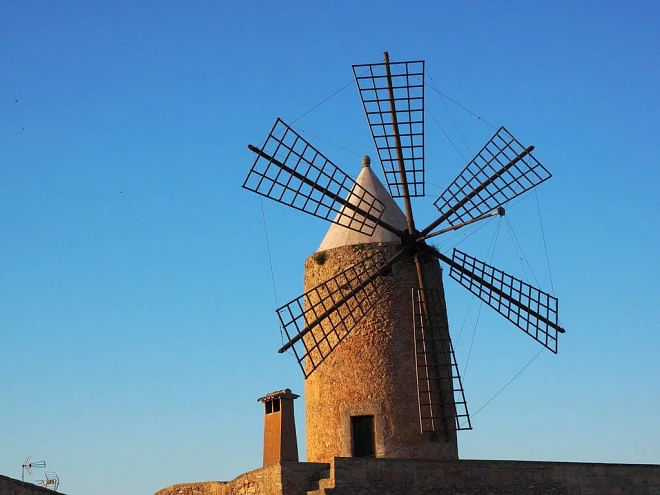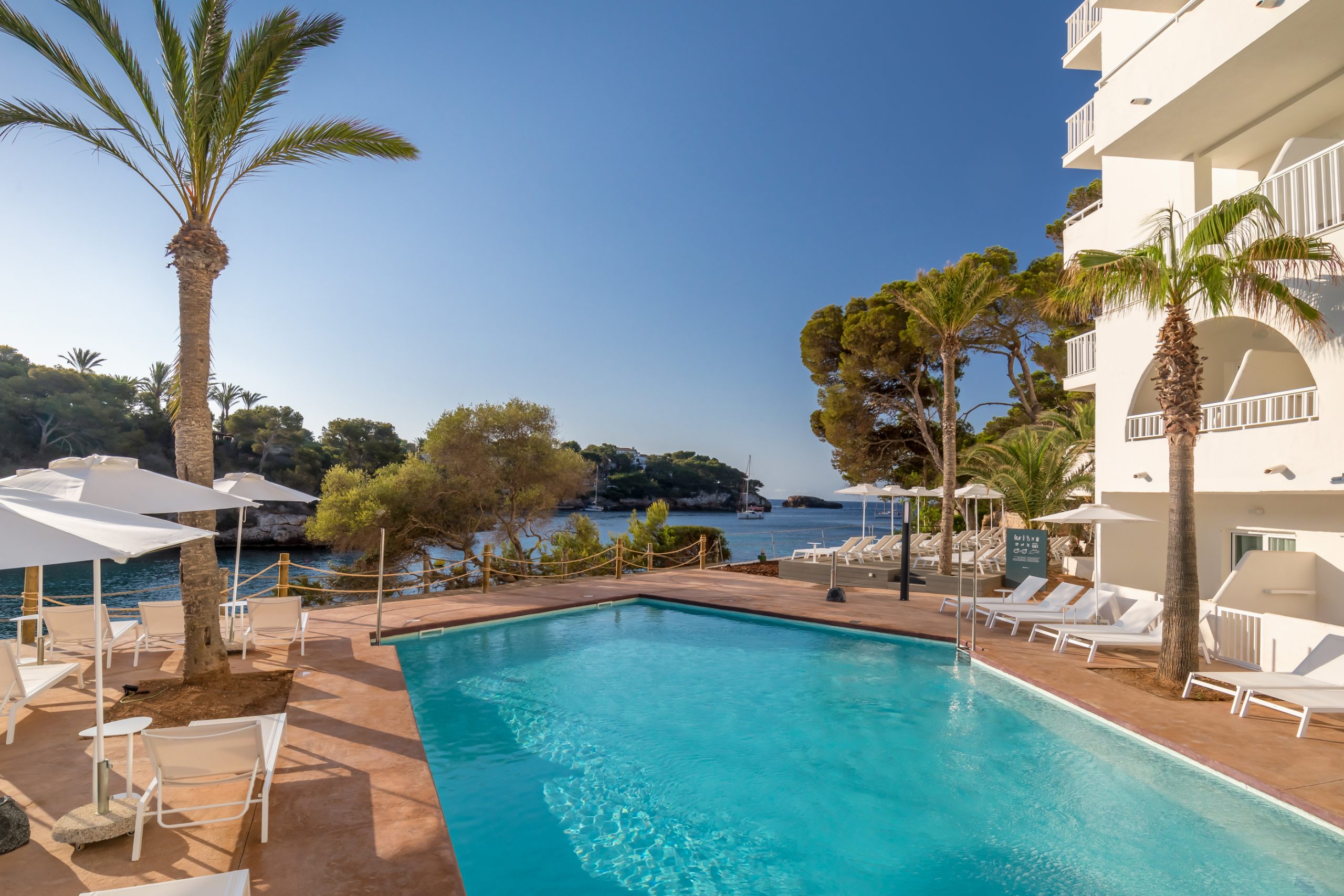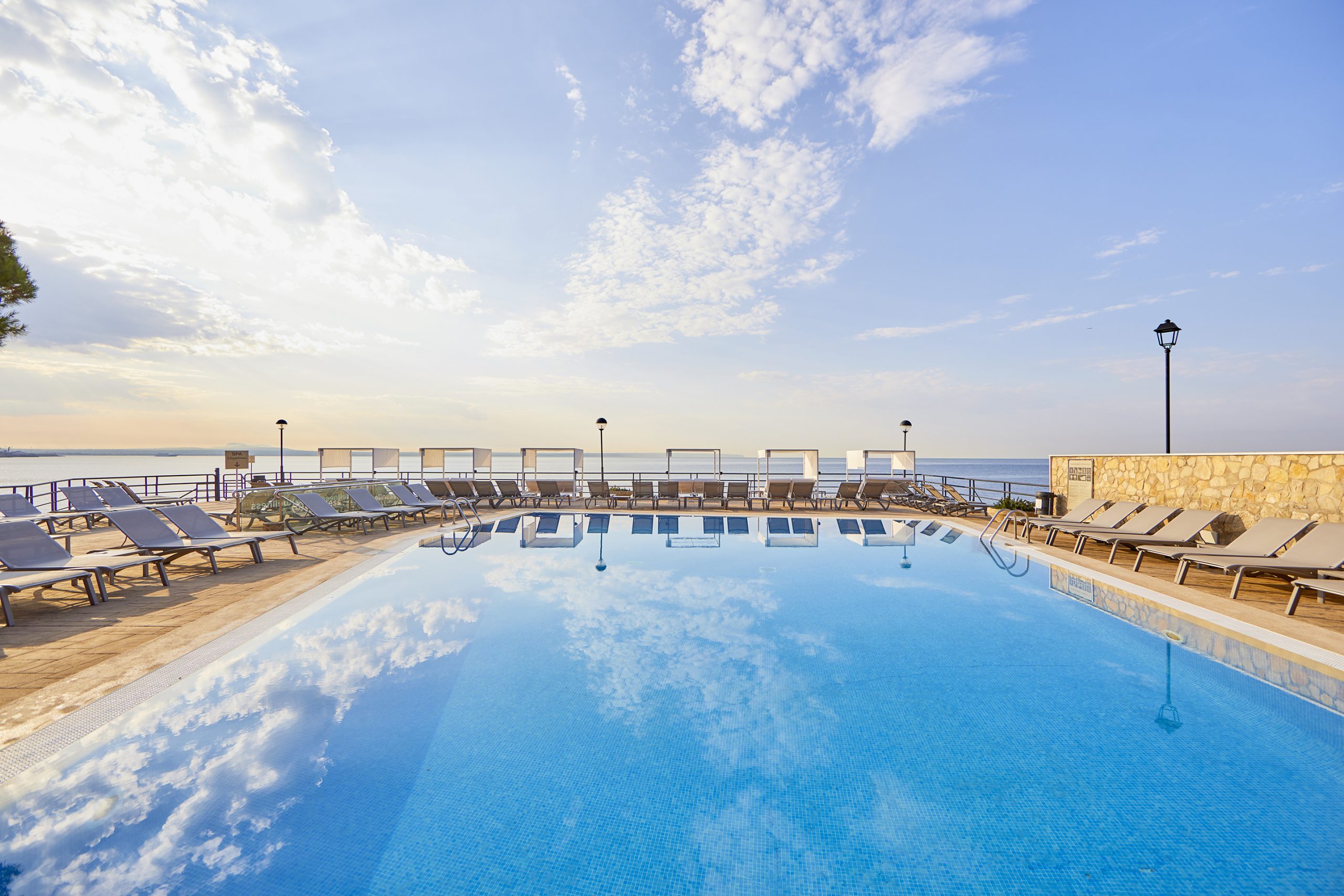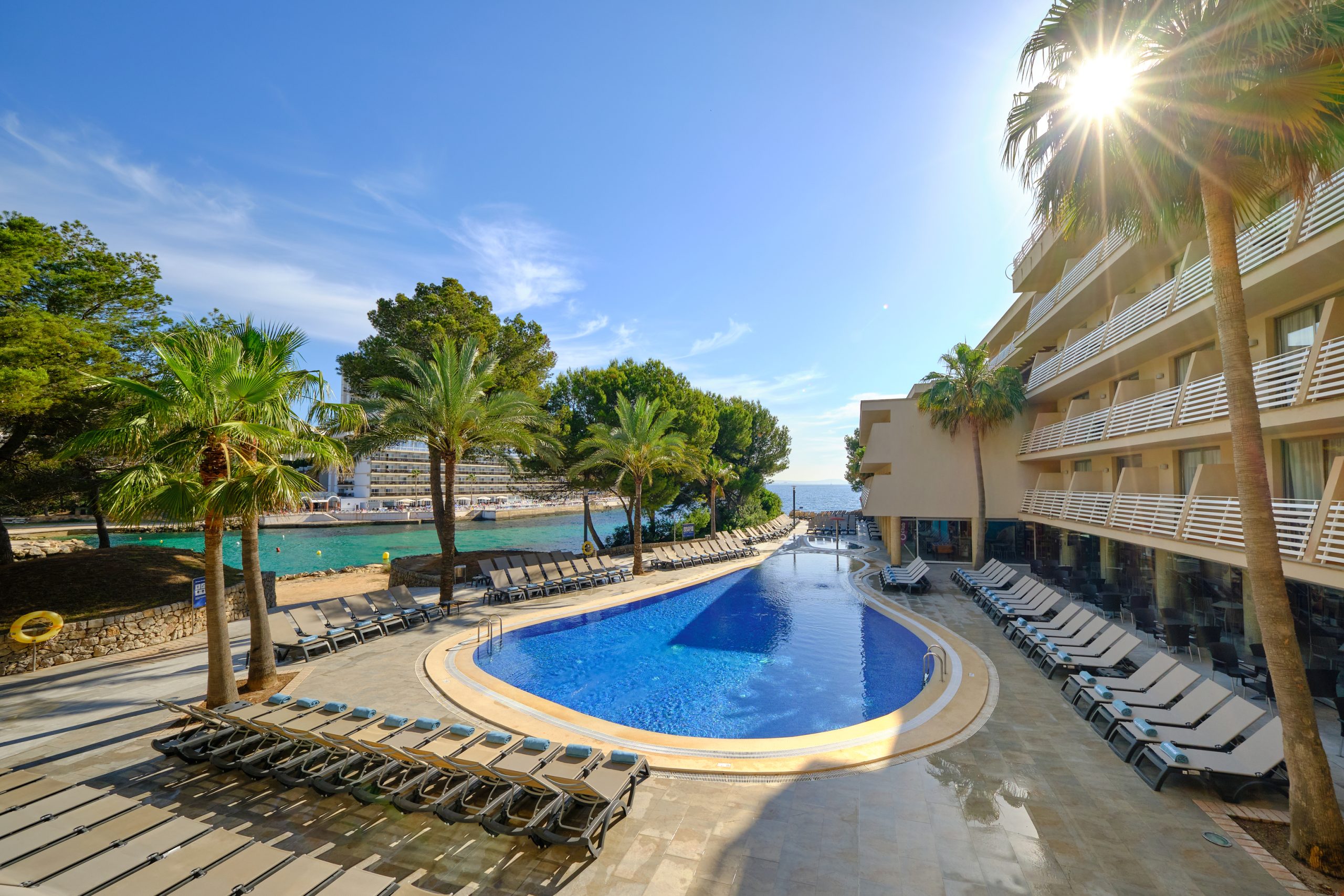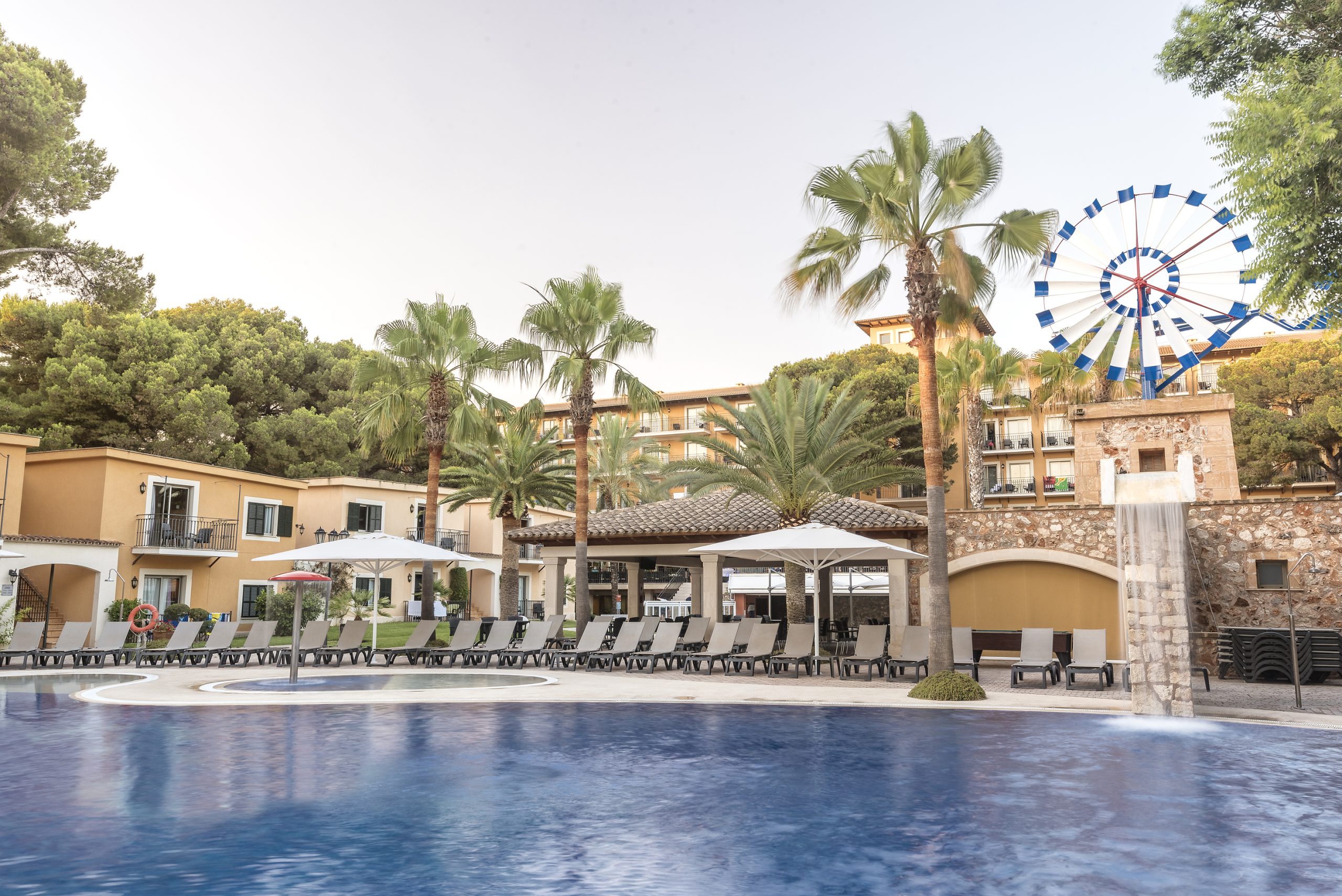The Museu Fundación Juan March of Palma de Mallorca is a space designed to offer a good representation of Spain’s artistic trends during the 20th century. It is not an extremely large collection; however, its paintings and sculptures manage to tell the history of art in our country during this time period. Therefore, it is the ideal place to learn about the evolution of modern and contemporary art in a rapid and didactic manner. Obviously, it does not offer works from all of the artists who shone during this period, but it does offer a solid representation of the national panorama. Its location, inside a building within the historic centre of Palma, also allows visitors the opportunity to experience the island’s stately architecture of past centuries.
Home, bank and museum
We begin our visit of the Museu Fundación Juan March at its most visible part, the lovely building that houses it. Once the home of the Gallard del Canyar family, the building is located on calle Sant Miquel, in the historic centre of the Majorcan capital city. The original house was combined with a neighbouring property, and it was modernised and restructured due to the expropriation of part of its façade when the street was expanded. But by the time that Juan March, creator of the foundation, decided to purchase the property in 1916, these works had already taken place.
Once in March’s possession, a second era was initiated in which the manor was adapted for its new function, combining a private area where the family resided and a floor devoted to administrative and commercial use. A few years later, after founding the Banca March, this first floor was converted into the entity’s headquarters. The architect responsible for the reform was Guillem Reynés, a well-respected professional committed to culture and heritage. Juan March also entrusted Reynés with the construction of a recreational family villa in Sa Torre Cega (the Capdepera coast), where his wife, Leonor Servera Melis, was born.
When adapting the spaces, Reynés chose not to alter the building’s structure, but rather, to maintain the line of stately Palma manors. His care for the decorative details is one of the aspects that can be most easily appreciated over the years. For this, he relied on an extensive group of specialists in distinct areas: mouldings for the ceiling and walls, decorative paintings, mosaics for floors and flowerpots, etc.
Since 1990, considerable reforms have been made, so as to prepare the building for its new use as an art centre. Much of the building was involved in these reforms, although the lovely interior patio with its monumental staircase remained untouched, as were the façades and roofs. Years later, in 1996 and 2003, the building was once again remodelled in order to gain more space for exhibitions and other complementary uses.
Beginnings as a gallery and pinacotheca
The first art gallery, which opened its doors in 1990 with the name Col·lecció March. Art Espanyol Contemporani, had 36 works by distinct artists, donated by the main Juan March Foundation headquarters in Madrid. Thanks to the 1996 and 2003 reforms, additional space was available, offering increased possibilities for temporary exhibitions, collaborations with cultural entities, guided visits, etc. In 2009, the gallery’s name was changed to the Museu Fundación Juan March and a small hall was opened to host the graphic works of Picasso, property of the foundation. This hall and others hosting temporary samples of modern and contemporary art are the museum’s main points of interest for visitors.
Collection and exhibitions of the Museu Fundación Juan March
As mentioned above, this museum is of interest, given the mere fact that it offers visitors a chance to learn about the evolution of Spanish art during the 20th century. According to Art History scholars, Spanish artists were influenced by their stays in Paris where they learned new formal techniques and styles that gave them a new perspective for their art. Surely, such artists as Juan Gris, Joan Miró, Julio González, Salvador Dalí and Pablo Picasso are familiar names. Works by these artists may be found in the Museu Fundación Juan March.
Modern Spanish art flourished during the mid-20th century, at the same time that such popular trends as geometric abstraction, magical realism and Informalism developed. Out of this tireless creative flow came Fernando Zóbel, creator of the Cuenca Spanish Abstract Art Museum, an important point of reference in this era. This prestigious art gallery, which is also managed by the Juan March Foundation, was a point of departure for what today is the Palma museum.
Artists in the museum
The influence and connection between Spanish artists are evident when visiting this art gallery. Through the works of artists such as Antoni Tàpies, Antonio Saura, Rafael Canogar, Manuel Millares or Luis Feito, it is possible to perceive Spanish culture from the unique perspective of each of them. In the case of Antoni Tàpies, one of the main exponents of Informalism, an extensive collection is exhibited, in which it is possible to see how he used recycled materials to add a strong dose of spirituality to his works.
Some of the most noteworthy sculptural representations are found in the works of Jorge Oteiza and Eduardo Chillida. Although it is perhaps an overly simplified description of their work, it may be said that the former is characterised by a meditation on emptiness, while the latter is characterised by a meditation on space. Lucio Muñoz focused his works on symbolism in wood, while the works of Antonio and Julio López were based on magical realism. The works of José Guerrero examine the limits and vibrations of colour. Alicante and Valencia natives Eusebio Sempere and Andreu Alfaro explored abstract art based on experimental lines.
The early decades of the 20th century had a diverse climate filled with non-doctrinal artistic creations, which served as the breeding ground for other artistic trends that sought to break boundaries in the art world. By the 1980s, a young artist from Mallorca began to stand out: Miquel Barceló. Few could image the eventual impact that this artist would have on a national and international level. His works are based on a unique use of plastic resources and elements of nature as his central theme. A stroll through this museum will surprise and awe visitors.
Conferences and other activities
This museum is managed by the Juan March Foundation, a family-based institution created in 1955 by financier Juan March Ordinas. The goal of the museum is to promote culture and educational programmes that disseminate principles of humanism. In addition to its exhibitions, the Madrid headquarters also contains a music library and theatre, edits publications and organizes conferences. The Museu Fundación Juan March offers an extensive program of talks, as well as thematic itineraries, workshops and guided tours for the education sector.




































































